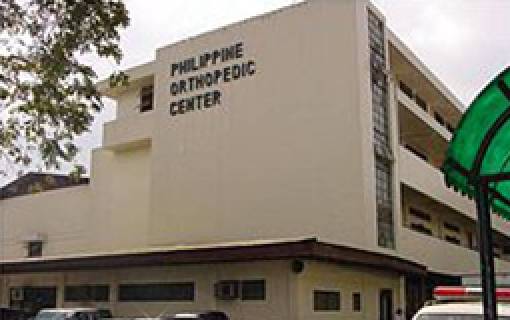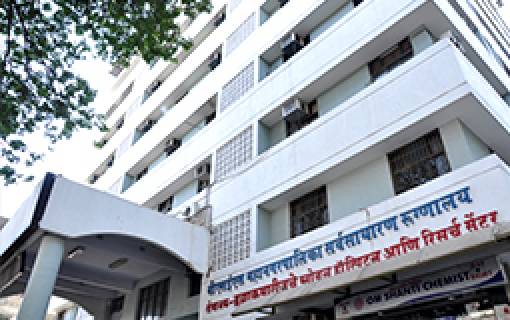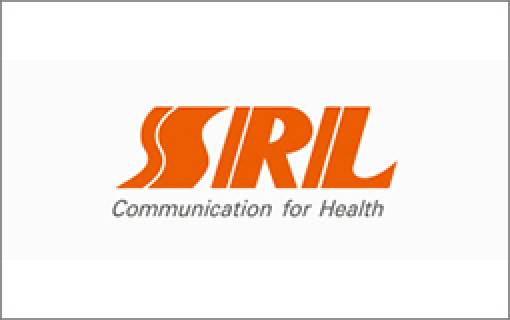Five tips to improve patient safety
“An incident is just the tip of the iceberg, a sign of a much larger problem is below the surface”- Don Brown (Author)
What is patient safety?
To explain in simple terms, patient safety is an early analysis and prevention of errors/shortcomings to patients in a hospital.
In today’s world with the population becoming more aware and conscious, patients and their relatives expect more than treatment from the hospital. They prefer hospitals that have attentive staff, zero negligence, comfort, a home-like feeling, and a safe environment.
Some of the ways in which the existing hospital can improve patient safety are:
- Clinical training of staff: Clinical negligence and inattentiveness of staff can lead to injuries and infection to patient or even fatality. To avoid this, hospitals should provide all associated clinical and non-clinical staff training in technical skills, clinical skills, and conduct mock drills. The hospital should also ensure that all associated staff is well trained to manage and improvise during an emergency.
- Hygiene and infection control: A hospital is often a populous place; therefore it becomes very difficult to prevent bacteria, micro-organisms, and infections from spreading outside in and inside out. Spreading of infections and germs can be reduced by taking the following precautions:
- Installing a washbasin at every floor/after every 500 meters and hand sanitizers outside every critical department
- Routine waste disposal and proper segregation of waste
- Cleaning and disinfection of patient areas and all public areas such as waiting area, flooring, elevator, and staircase
- Compulsion on the usage of masks and face shields for relatives visiting a patient with infectious disease
- Make sure food for patients is kept at proper temperatures
- Making infrastructure patient-friendly: Knowing that the hospital caters to patient of every age group with distinct disabilities and conditions. It should be ensured that the hospital has provisions to assist every type of patient. To give an example, by the installation of an alarm system and side handle in washrooms used by critical care patients can help bring down unexpected causality.
- Increase security: In case of an emergency like burglary and child abduction with all the disorganization and confusion, it becomes very difficult to keep track of the movement of people in the hospital. This problem can be addressed by the installation of CCTV cameras on every floor. Further by installing scanning machines at every entrance and exit points can improve patient security.
- Be prepared for the worst at all times: A hospital should be well equipped to combat any type of emergency. For example, in case of fire, the hospital should have a proper evacuation plan and fire safety mechanisms in place. Sometimes even absence of a small factor such as signage can cause complications.
It can thus be said that to avoid medical errors and reduce their adversity a combined conscious effort of doctors, clinical, non-clinical staff, patients and their relatives will be required.
These are some of the many points that can help improve patient safety. Healthcare consultants with their expertise can help look into finer details and processes of every department. This can consequently aid in refining patient care and impact patient satisfaction.
We would love to talk to you about your vision for your healthcare project and provide meaningful insights into how we can help you realize your goals. We look forward to hearing from you.
Project Highlights
We have had a proud association with various prestigious clients and projects.
Need Help? Send in your query.
Please fill out the form below and we will get back to you as soon as possible.












